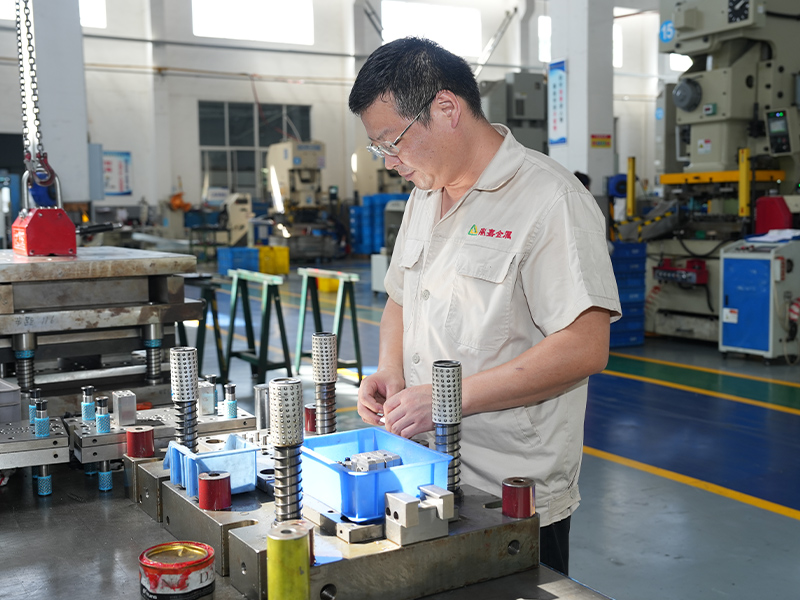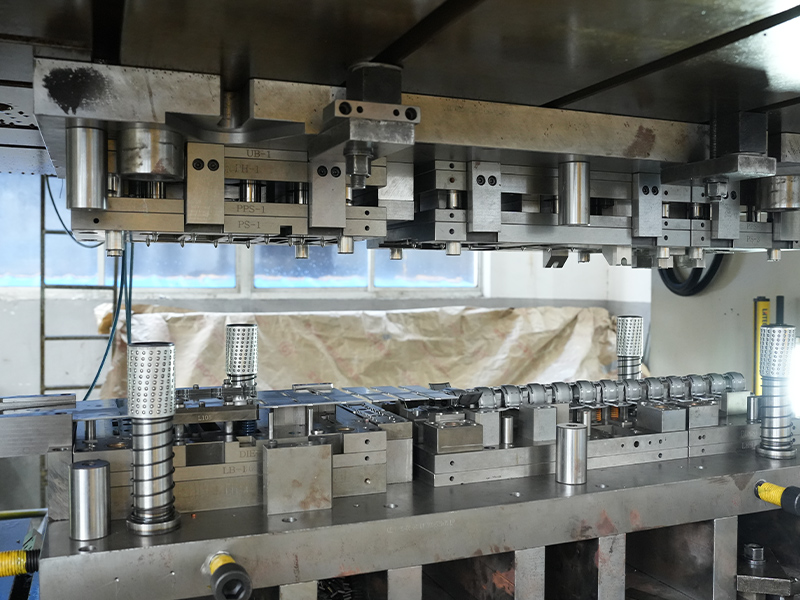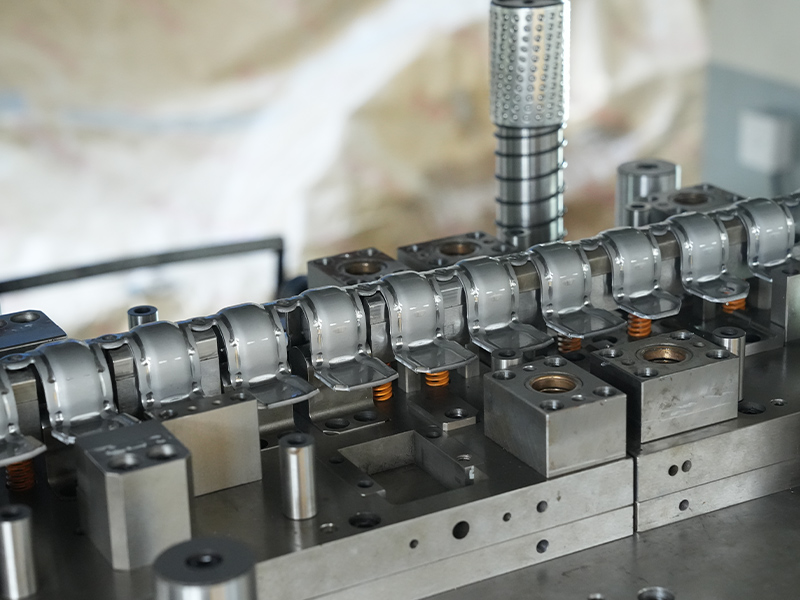Brass bearing dust caps are widely used in machinery, vehicles, and industrial equipment to protect bearings from contamination and extend their operational life. Bearings are critical components in many mechanical systems, and their proper functioning depends heavily on effective protection from dust, dirt, water, and other foreign particles. Dust caps act as a barrier between the external environment and the bearing, helping maintain lubrication and preventing premature wear. Among the materials commonly used for dust caps, brass is valued for its combination of durability, corrosion resistance, and ease of use.
Understanding Brass as a Material
Brass is an alloy primarily composed of copper and zinc. Its unique combination of metals provides a balance of strength and malleability that makes it suitable for a wide range of mechanical applications. Unlike steel, which can rust when exposed to moisture, brass naturally resists corrosion, making it a preferred choice for parts that are exposed to the elements. This corrosion resistance is particularly important for dust caps, which often face dust, moisture, and other environmental factors that could otherwise compromise bearing performance.
Brass is also resistant to wear and deformation under normal operating conditions. This characteristic ensures that dust caps maintain their shape and fit over time, providing continuous protection to the bearing. While brass is softer than some types of steel, it is sufficiently strong for applications that do not involve extreme impact or very high loads. The ability to withstand repeated installation and removal without significant damage further contributes to its durability.
Protection Against Contaminants
One of the primary functions of a bearing dust cap is to prevent contaminants from entering the bearing. Dust, dirt, and small debris can quickly degrade bearing performance by interfering with lubrication and increasing friction. Brass dust caps provide a solid, nonporous barrier that effectively seals the bearing against these contaminants. Their smooth surface and precise manufacturing help ensure a tight fit, which minimizes the chance of foreign particles entering the bearing housing.
In addition to solid particles, dust caps must also resist exposure to water and other liquids. Moisture can cause rust and corrosion in steel bearings and lead to degradation of lubricants. Brass dust caps, thanks to their corrosion resistance, perform well in wet environments, protecting the bearing from water damage and helping maintain the integrity of lubricants over time. This resistance to environmental factors contributes significantly to the overall durability of brass dust caps.
Mechanical Durability
The mechanical durability of brass dust caps depends on several factors, including thickness, design, and the type of bearing application. Properly designed brass dust caps can withstand the pressures of installation and removal without bending or cracking. They are often used in situations where bearings are exposed to vibration and moderate mechanical stress.
It is important to note that while brass is durable, it is not indestructible. Excessive force during installation or the use of improper tools can deform the cap. In high-impact applications, steel dust caps may offer higher resistance to physical damage, but brass provides sufficient durability for most standard applications. The key to maintaining mechanical durability is careful handling and correct installation practices.
Longevity and Maintenance
Brass dust caps are known for their long service life, provided they are installed correctly and not exposed to conditions beyond their design specifications. Unlike plastic dust caps, which can become brittle over time and crack, brass maintains its strength and shape over many years of use. Regular inspection and cleaning of the dust cap can further extend its lifespan by preventing the accumulation of debris and corrosion.
Maintenance of brass dust caps is straightforward. Periodic cleaning with a soft cloth to remove dirt and grease is usually sufficient. In environments where exposure to corrosive chemicals is possible, additional cleaning may be necessary to prevent surface tarnishing. Unlike steel, brass does not require coating or plating for corrosion protection, simplifying maintenance routines.

Environmental Considerations
The durability of brass dust caps is also influenced by the environment in which they operate. In outdoor machinery, bearings may be exposed to rain, dust, and temperature fluctuations. Brass caps withstand these conditions better than many alternatives. In marine environments, the salt in the air can accelerate corrosion in steel components, but brass resists rust and corrosion, making it a suitable option for coastal or maritime equipment.
Temperature extremes can also affect the performance of dust caps. Brass retains its shape and protective qualities across a wide range of temperatures. While extreme heat may eventually soften the alloy, standard operating temperatures in automotive, industrial, and agricultural equipment rarely reach levels that compromise brass durability.
Comparisons with Other Materials
When considering durability, it is helpful to compare brass dust caps with other common materials such as steel and plastic. Steel caps are extremely strong and can resist impact, but they are prone to rust without protective coatings. Plastic caps are lightweight and resistant to corrosion, but they are vulnerable to cracking and deformation under stress or over time. Brass offers a balanced alternative, providing good mechanical strength, corrosion resistance, and long-term reliability.
In addition, brass is easy to manufacture with precision, allowing for consistent quality and accurate fitting. A well-fitted dust cap is less likely to loosen or allow contaminants into the bearing, further enhancing durability.
Practical Considerations for Users
For users selecting brass bearing dust caps, several practical factors affect durability. Choosing the correct size is essential, as an improper fit can lead to gaps that compromise protection. Handling and installation practices also play a role. Using tools that match the cap’s design and avoiding excessive force will prevent deformation.
Regular inspection should be part of a maintenance routine. Even durable brass caps can develop wear or damage over time, especially in heavily used machinery. Replacing a worn or damaged dust cap promptly will ensure continued protection of the bearing and prevent costly downtime or repairs.
Conclusion
Brass bearing dust caps are durable, reliable, and effective components for protecting bearings in a wide range of applications. Their resistance to corrosion, ability to maintain shape under mechanical stress, and long service life make them a preferred choice in many environments. While not impervious to extreme force or conditions beyond their design, brass dust caps offer a practical balance of strength, longevity, and ease of maintenance. Proper installation, periodic inspection, and routine cleaning can further enhance their durability, ensuring that bearings remain protected and perform optimally over time.
Understanding the qualities and limitations of brass dust caps allows users to make informed decisions when selecting protective components for bearings. By choosing the right material and maintaining it properly, machinery operators can benefit from extended bearing life, reduced maintenance costs, and improved reliability in their equipment.














